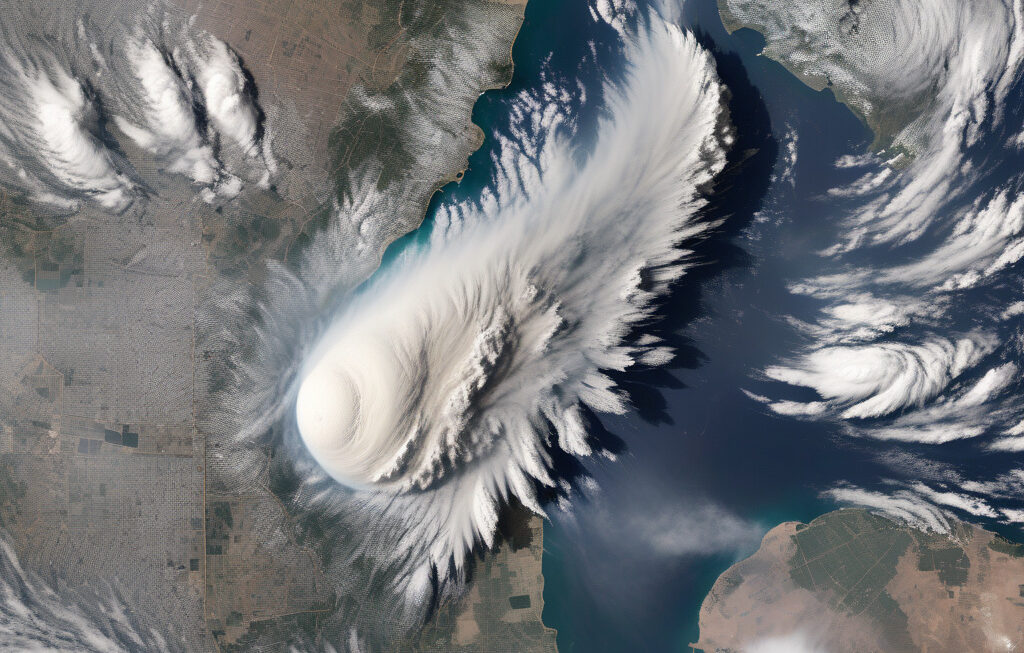Meteosat-12 Takes Command: A New Era in European Weather Monitoring Begins
European weather monitoring is about to reach unprecedented heights with the advent of Meteosat-12, a cutting-edge satellite technology that promises to revolutionize forecasting accuracy and enhance climate resilience across the continent. This innovative leap forward marks a significant milestone in the realm of meteorological advancements, paving the way for more effective and timely weather predictions that can benefit various sectors, from agriculture and transportation to disaster management and public safety.
The introduction of Meteosat-12 signifies a remarkable shift towards harnessing the power of space-based systems to monitor and analyze weather patterns with unparalleled precision. Equipped with state-of-the-art sensors and communication capabilities, this advanced satellite offers a comprehensive view of atmospheric conditions, enabling meteorologists to track storms, monitor temperature variations, and predict weather phenomena with greater reliability. By leveraging a combination of infrared and visible light imaging, Meteosat-12 provides real-time data that is essential for understanding complex weather dynamics and making informed decisions in response to evolving meteorological events.
One of the key advantages of Meteosat-12 lies in its ability to offer continuous and seamless coverage of the European region, ensuring that meteorological information is readily available to national meteorological services, research institutions, and other stakeholders. This comprehensive monitoring capability enables timely warnings of severe weather events, such as hurricanes, heatwaves, and heavy rainfall, helping authorities and the public to prepare and respond effectively to potential risks. Moreover, the high-resolution imagery generated by Meteosat-12 facilitates the identification of climatic trends and patterns, supporting long-term climate monitoring efforts and contributing to the development of sustainable environmental policies.
The significance of Meteosat-12 extends beyond its technical capabilities, as it represents a collaborative endeavor among European countries to enhance weather forecasting and climate research through shared resources and expertise. By pooling together their knowledge and resources, European nations have been able to launch and operate Meteosat-12 as part of the broader Meteosat program, which has been instrumental in advancing meteorological science and promoting international cooperation in the field of Earth observation. This collective approach not only maximizes the benefits of satellite technology for weather monitoring but also fosters a culture of innovation and knowledge exchange that drives continuous improvement in meteorological services.
In conclusion, the emergence of Meteosat-12 heralds a new chapter in European weather monitoring, characterized by enhanced accuracy, reliability, and efficiency in forecasting and climate resilience. By leveraging the capabilities of this state-of-the-art satellite technology, meteorologists and decision-makers are better equipped to anticipate and respond to a wide range of weather-related challenges, ultimately fostering a safer and more sustainable future for Europe and its inhabitants.
#Meteosat-12, #EuropeanWeatherMonitoring, #SatelliteTechnology, #ClimateResilience, #MeteorologicalAdvancements












